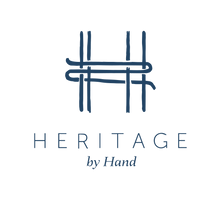GLOSSARY
Natural materials are the core of every piece selected for HBH. The brand is
committed to using 100% natural fibers and finding master artisans and designers
who follow this principle.
committed to using 100% natural fibers and finding master artisans and designers
who follow this principle.

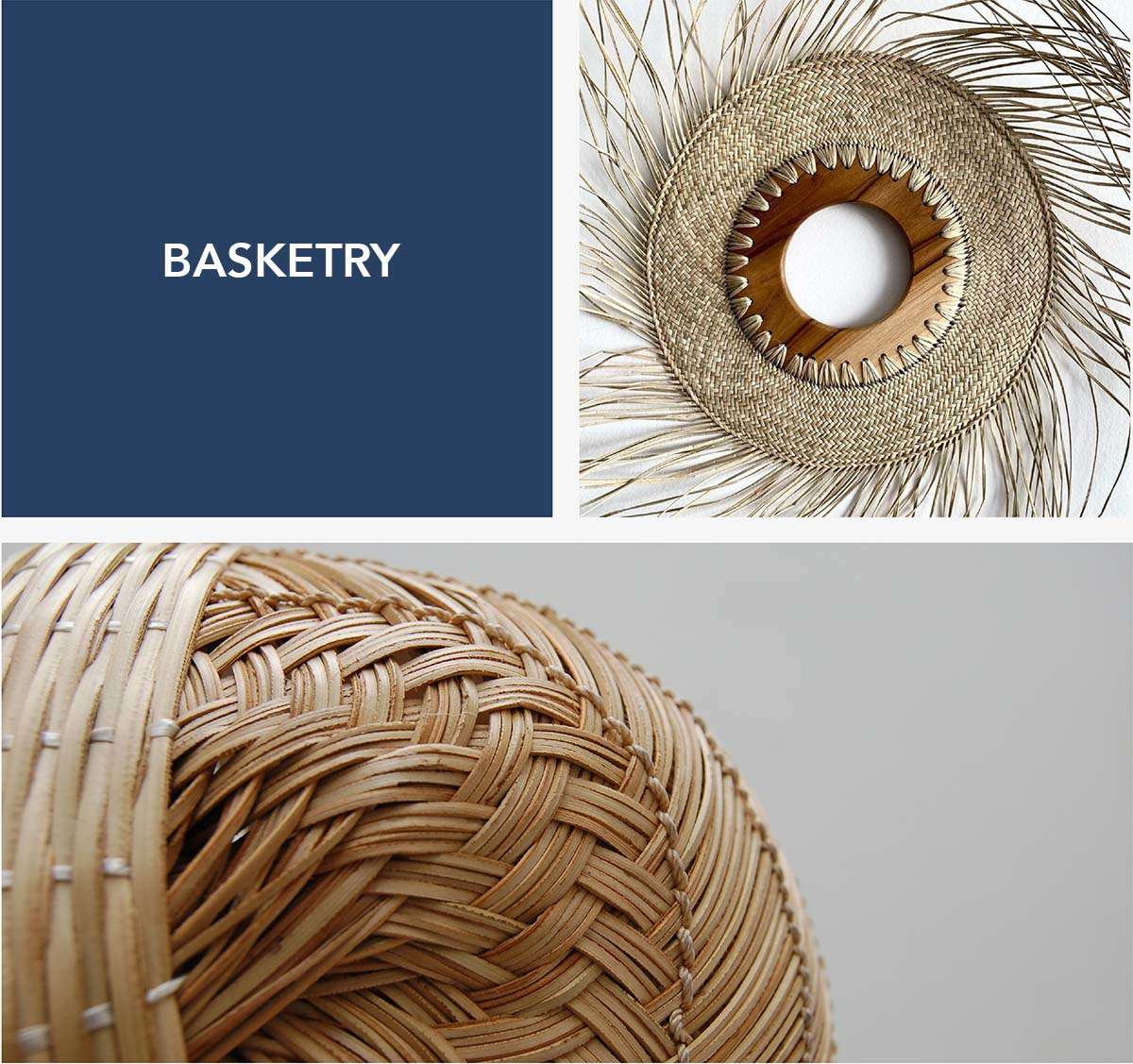
Our basketry collection from the Darien Gap region of Panama is made with pre-contact planting techniques using Punúla fibers and natural dyes. Our Bellota fiber baskets from Coclé, Panamá are made with simple plaiting or braiding techniques and sewn on molds. Our chargers, wall hangings, and trays from the Yucuatán are made with natural or naturally-dyed hennequen (sisal) and coiled.

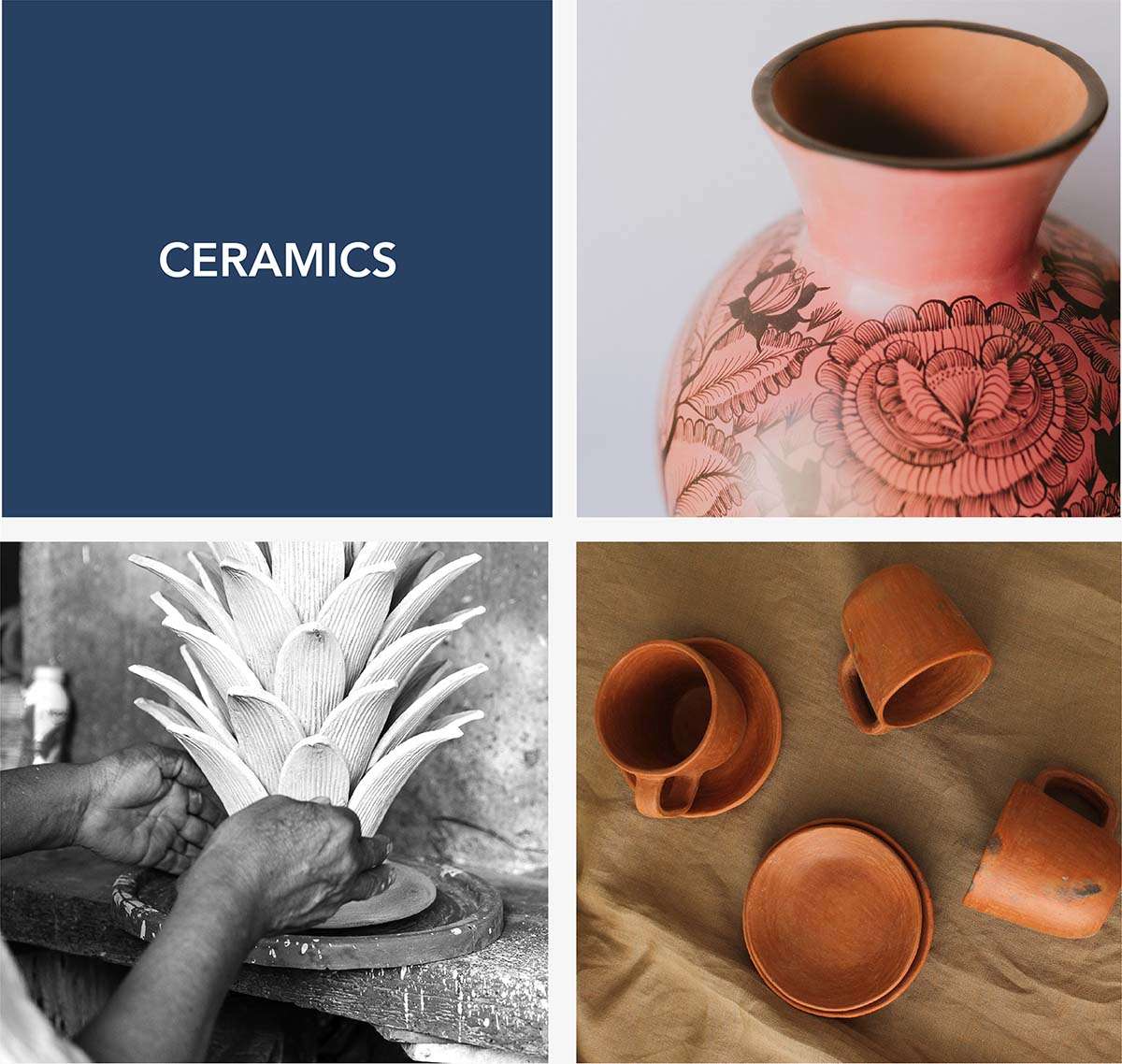
Our Purépecha Ceramic Collection comes from Huáncito, Michoacán, México, a remote mountainous region about four hours from the state capital of Morelia, Michoacán. Burnished pottery traditions from this region of Western México date from the Late Postclassic (ca. AD 1200-1521) to the present. Ceramic production is organized in such a way that each family member has a specific function or functions, though sometimes these divisions are not very strict. Women usually shape the vessels in the molds and undertake drying an polishing, while decoration can be performed by men or women. The most laborious aspects of production are usually (but not exclusively) performed by men, such as digging the clay, acquiring firewood, and firing the kiln. Women and children may help out as well. Each piece is burnished and fired at high temperatures then hand painted with designs that reference the natural world of the canyon and mountains where they live. Many artists use animal hairs for the finest lines.


We have three collections which feature embroidery techniques. Our Nahua wool collection employs five separate kinds of hand embroidery styles- including cross stitch, puntada Antigua, or antique stitch, braided stitch, frontal stitch and pepenado or basiting stitch. Our Oaxaca dress and blouse collection and our K’ekqchi cotton gauze textiles use a backstrap loom brocading technique during the weaving process. Some of our pillows and shawls from Chiapas are also made with brocading techniques during the backstrap loom weaving process. Some are also hand embroidered using various stitches like the back stitch, blanket stitch, satin stitch, French stitch, or cross stitch.

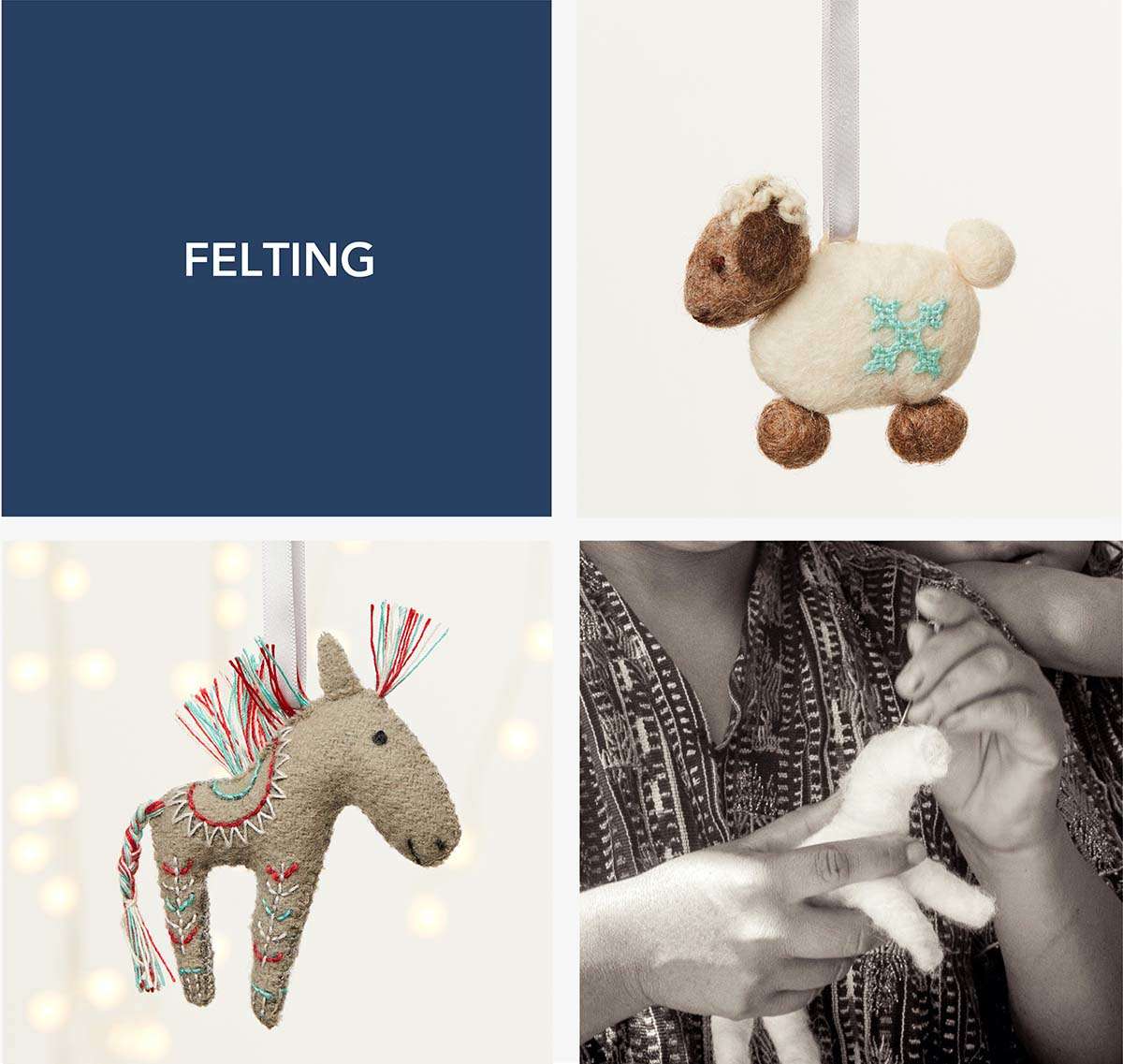
Coming Soon...


Our design partner works with leather artisans in León, Guanajuato who have decades of experience producing hand-worked leather goods. We use an innovative vegan leather made by Desserto in Guadalajara, Jalisco. Nopal cacti are grown on farms across Mexico which use no irrigation. The nopal leaves are harvested and ground into a pulp and processed into leather sheets with a fully sustainable, carbon-negative manufacturing process.

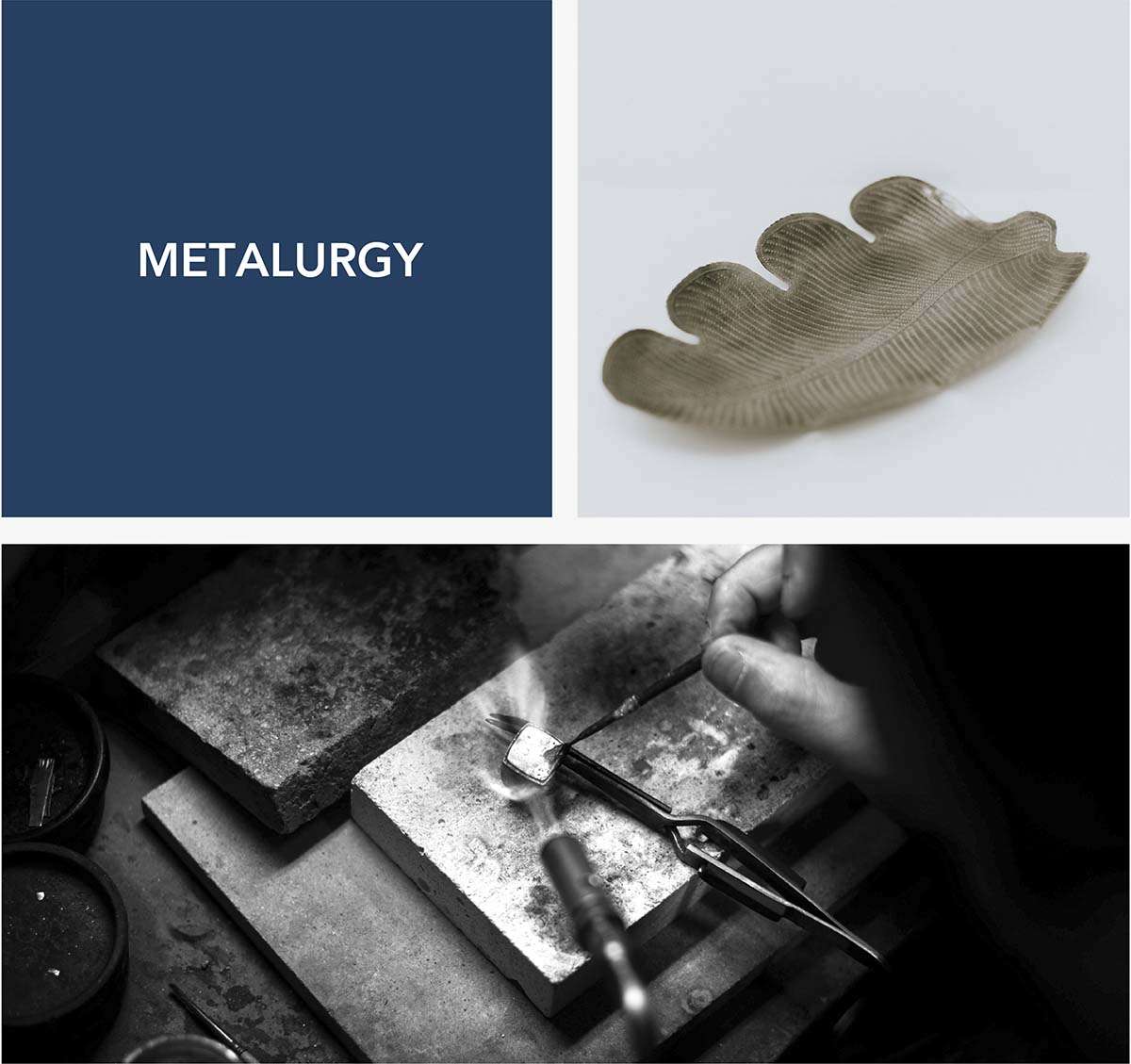
Josnel Bruno from Haiti uses found oil drums, shaping the metal with a burin, a type of cold-chisel. The drum is opened and burned to remove paint, and then the metal is cut and shaped. Each piece is sanded, varnished, brushed, and varnished again. Our recycled copper collection is from Santa Clara del Cobre, Michoacán, México. Metallurgy in this region predates the Spanish Conquest, although the Spanish introduced new techniques, traditional smelting remains in use as it was more efficient than European techniques. Process involves hammering, thinning out, shaping, trimming, bleaching, polishing and embossing.. The work involves precision as it is nearly impossible to correct errors in the shaping without starting over.

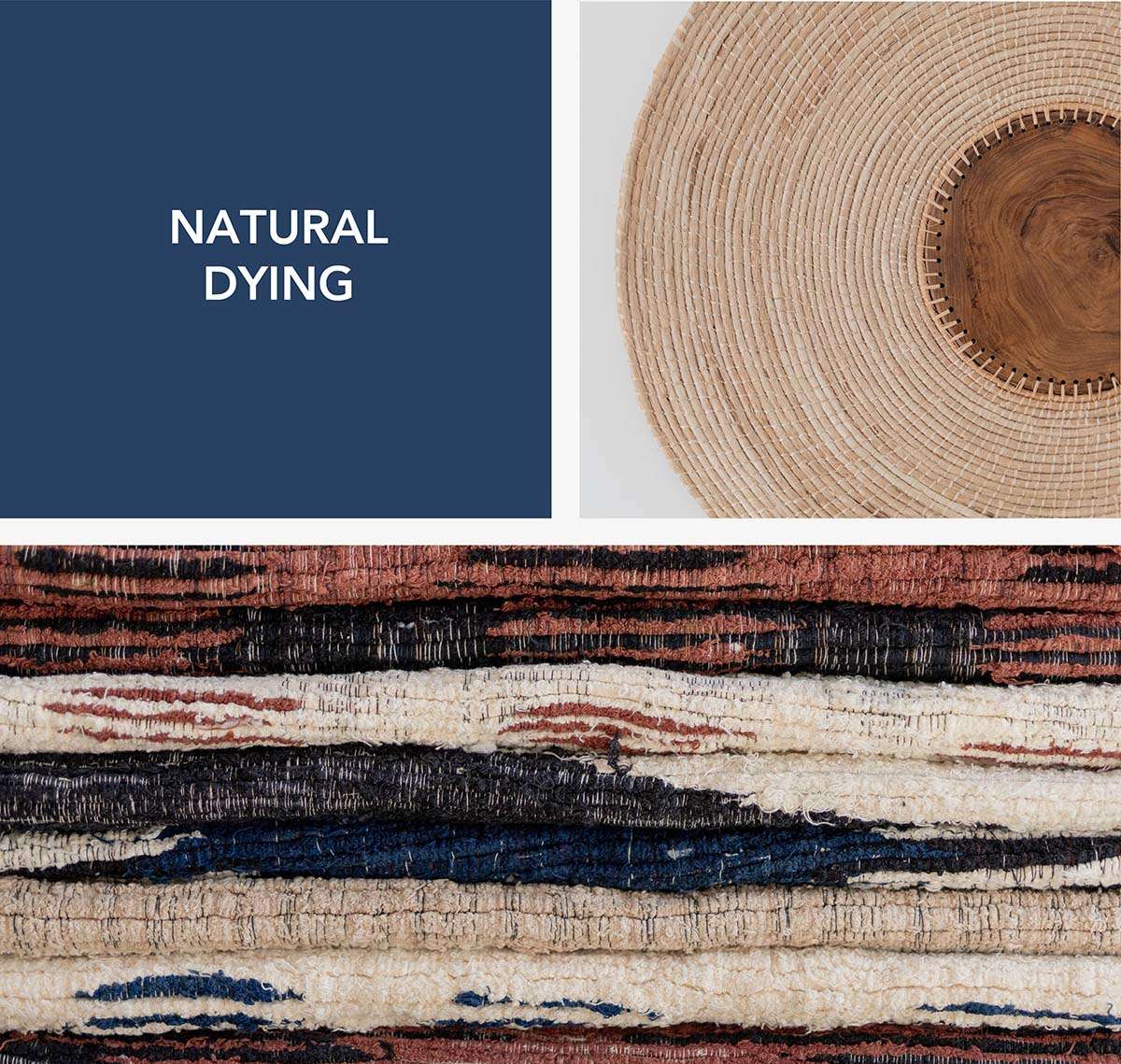
Coming Soon...


Our collections include various weaving techniques from several countries. Our alpaca collection from Chile, llama collection from Argentina, and wool rugs collection from Guatemala are all made on four-shaft pedal looms. Our Nahua wool clothing, Oaxaca dress collection and cotton pillow collections from Chiapas are woven on backstrap looms. Our cotton gauze textiles from Guatemala also employ backstrap looms with the addition of pijbil, or supplementary weft brocading techniques. Our hammock collections from the Yucatan are handwoven on vertical looms.


Coming Soon...


Coming Soon...
